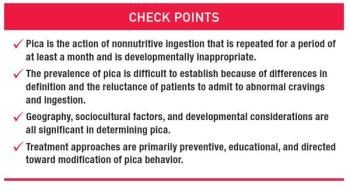
A 52-year-old female college professor was referred to a psychiatrist by a nurse practitioner at the college health clinic. The referring diagnosis was “adjustment disorder with depressed mood versus atypical depression with somatization; rule out fibromyalgia.”








